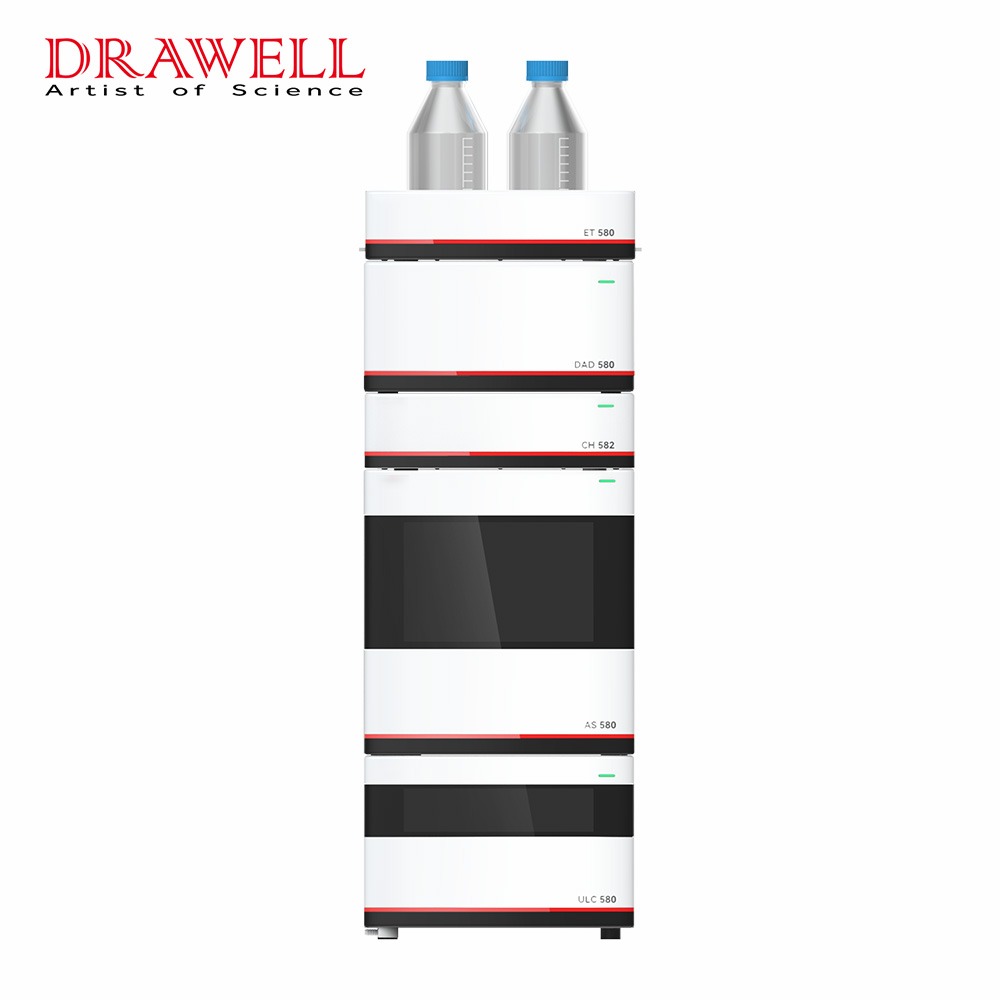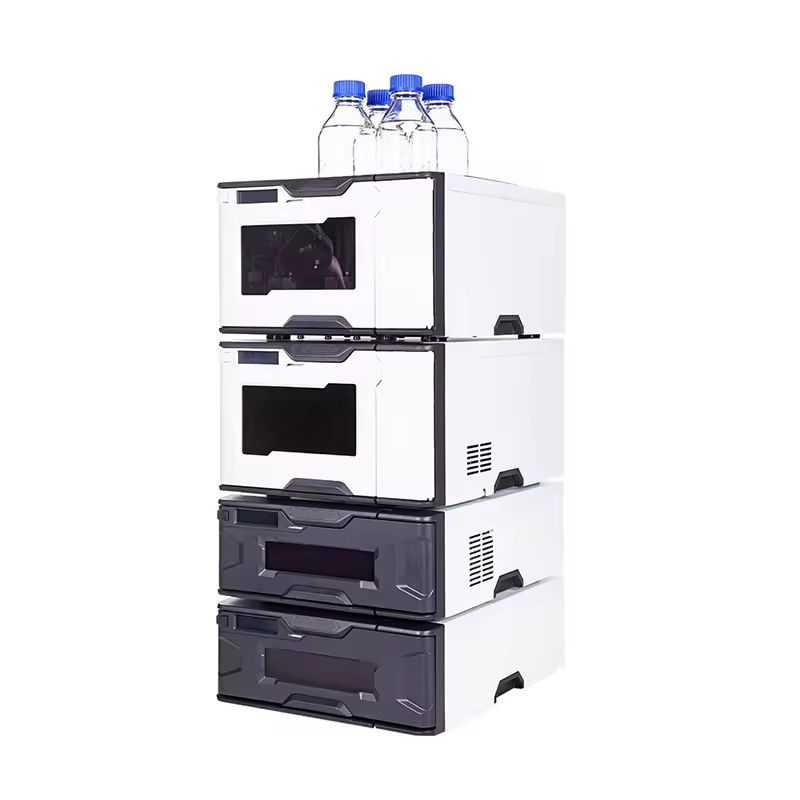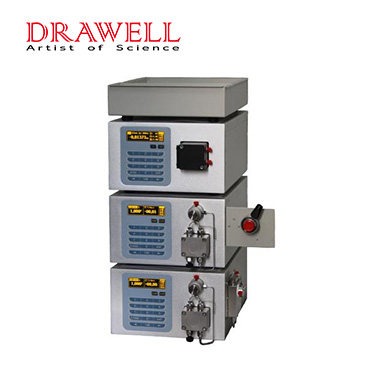High-Performance Liquid Chromatography (HPLC) is a popular analytical technique for separating, identifying, and quantifying components in a mixture. It is a potent technique that is used in a variety of sectors such as chemistry, pharmacology, environmental research, and biology. In this article, we will focus on the topic of how does hplc work, exploring how this versatile technique achieves precise and reliable results, shedding lights on the key principles, components and detailed working process of high-Performance liquid chromatography.
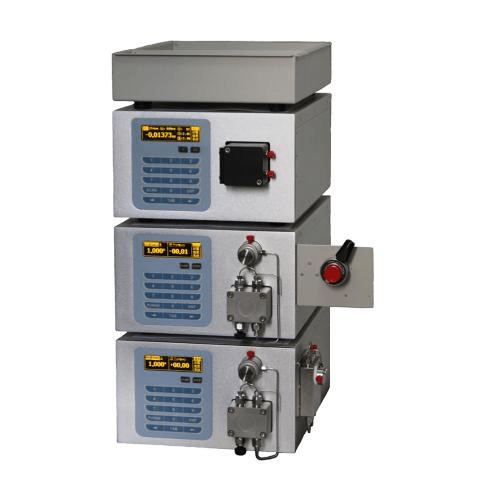
The Key Principles of HPLC
HPLC operates on several fundamental principles:
Chromatography
The overarching principle of HPLC is chromatography. It is a technique for separating chemicals based on their differential interactions with a stationary phase and a mobile phase. The stationary phase is usually a solid support packed inside a column, whereas the mobile phase is usually a liquid or a combination of liquids.
Partitioning
Compounds in the sample partition between the stationary phase and the mobile phase in partition chromatography. Compounds with a stronger affinity for the stationary phase spend more time interacting with it, resulting in slower elution from the column.
Adsorption
Adsorption chromatography involves the interaction of chemicals with the surface of the stationary phase. A compound’s affinity for the stationary phase determines its degree of retention. In reverse-phase HPLC, for example, nonpolar molecules are held by a polar stationary phase.
Ion-Exchange
Ion-exchange chromatography is based on the separation of substances based on their charge. The stationary phase contains charged groups that attract and retain oppositely charged ions from the sample.
Size-Exclusion
Size-exclusion chromatography, also known as gel filtration or gel permeation chromatography, separates substances depending on their size and molecular weight. Smaller molecules can penetrate the porous structure of the stationary phase and elute faster, whilst larger molecules are held longer.
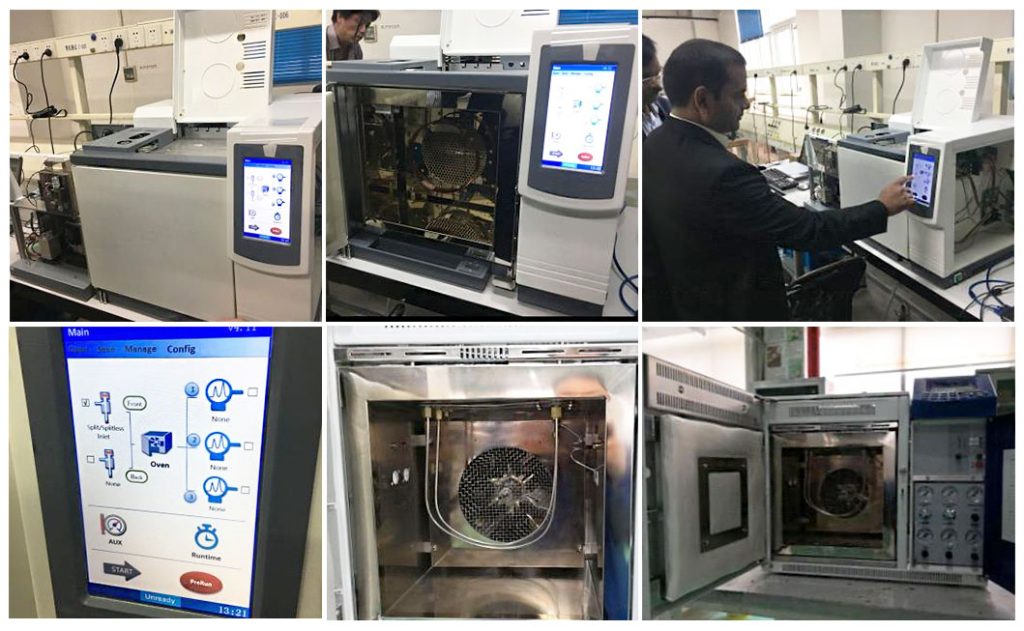
The Basic Components of HPLC
To understand how HPLC works, it’s essential to be familiar with its basic components:
Mobile Phase
The liquid that transports the sample through the column is known as the mobile phase. It comprises of one or more solvents chosen based on the analysis’s unique requirements.
Sample Injector
The sample injector introduces the sample into the HPLC system. Precise and accurate sample injection is crucial for obtaining reliable results.
Chromatography Column
The column is packed with a stationary phase material. The choice of column and stationary phase depends on the nature of the compounds being analyzed and the separation goals.
Pump
The pump is in charge of delivering the mobile phase at a constant flow rate. This ensures that the mobile phase is continually fed to the column.
Detector
The detector monitors the eluent as it exits the column. Different detectors are used based on the compounds being analyzed and the required sensitivity.
Data Acquisition System
The data acquisition system records and processes the signals from the detector, allowing for the creation of chromatograms and the quantification of compounds.

The Working Process of HPLC
The HPLC working process unfolds as follows:
Injection
The sample injector is used to inject the sample into the HPLC system. To achieve appropriate elution, the sample is normally dissolved in a suitable solvent that matches the mobile phase.
Separation
As the mobile phase flows through the column, the compounds in the sample interact with the stationary phase. This interaction causes the compounds to separate based on their specific properties, such as polarity, size, charge, or affinity.
Elution
The order of elution of compounds from the column is governed by the intensity of contact with the stationary phase. The eluent with the separated chemicals flows past the detector.
Detection
The detector monitors the eluent and generates a signal, which is often in the form of a chromatogram, which is a graphical representation of compound concentration over time.
Data Analysis
The data acquisition system records and analyses the detector signals, allowing chemicals to be quantified based on their peak regions in the chromatogram.
Conclusion
High-Performance Liquid Chromatography (HPLC) is a sophisticated analytical technique based on chromatographic principles of separation and interaction between substances and stationary and mobile phases. Understanding the basic components of the HPLC process is critical for maximizing its capabilities in a variety of scientific and industrial domains. Because of its capacity to give reliable and exact results, HPLC has become a vital tool in the modern laboratory.

